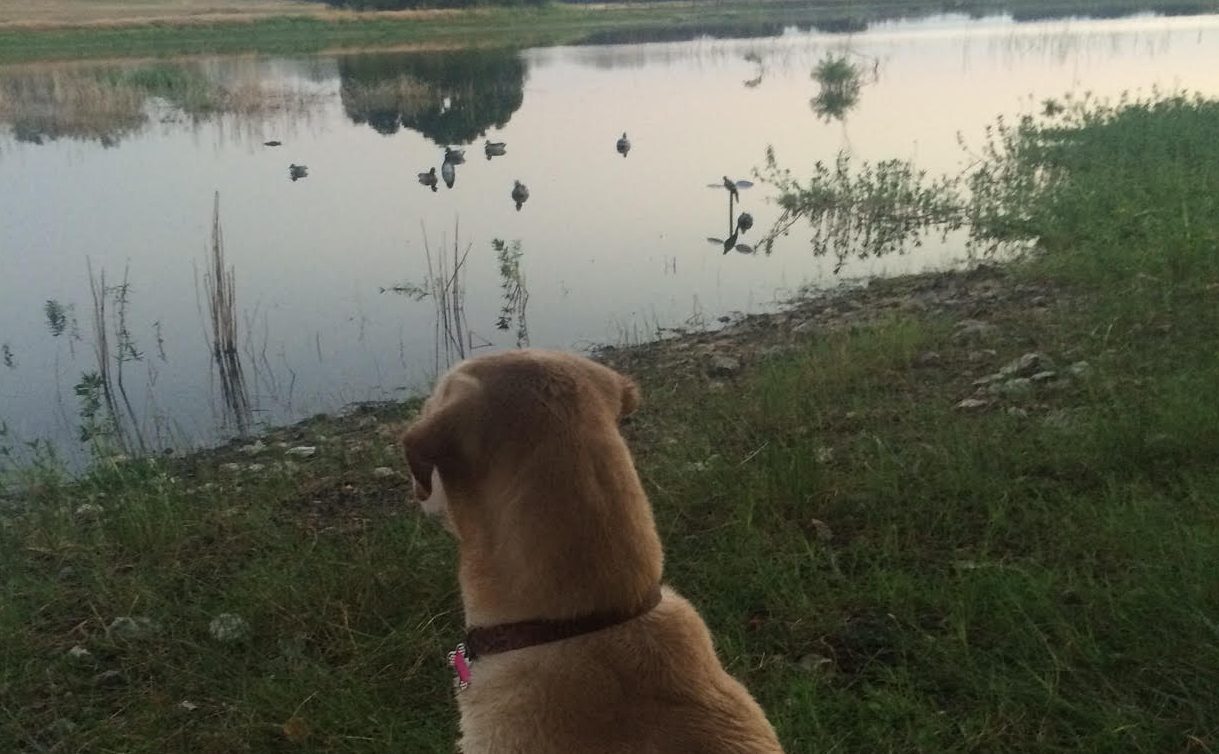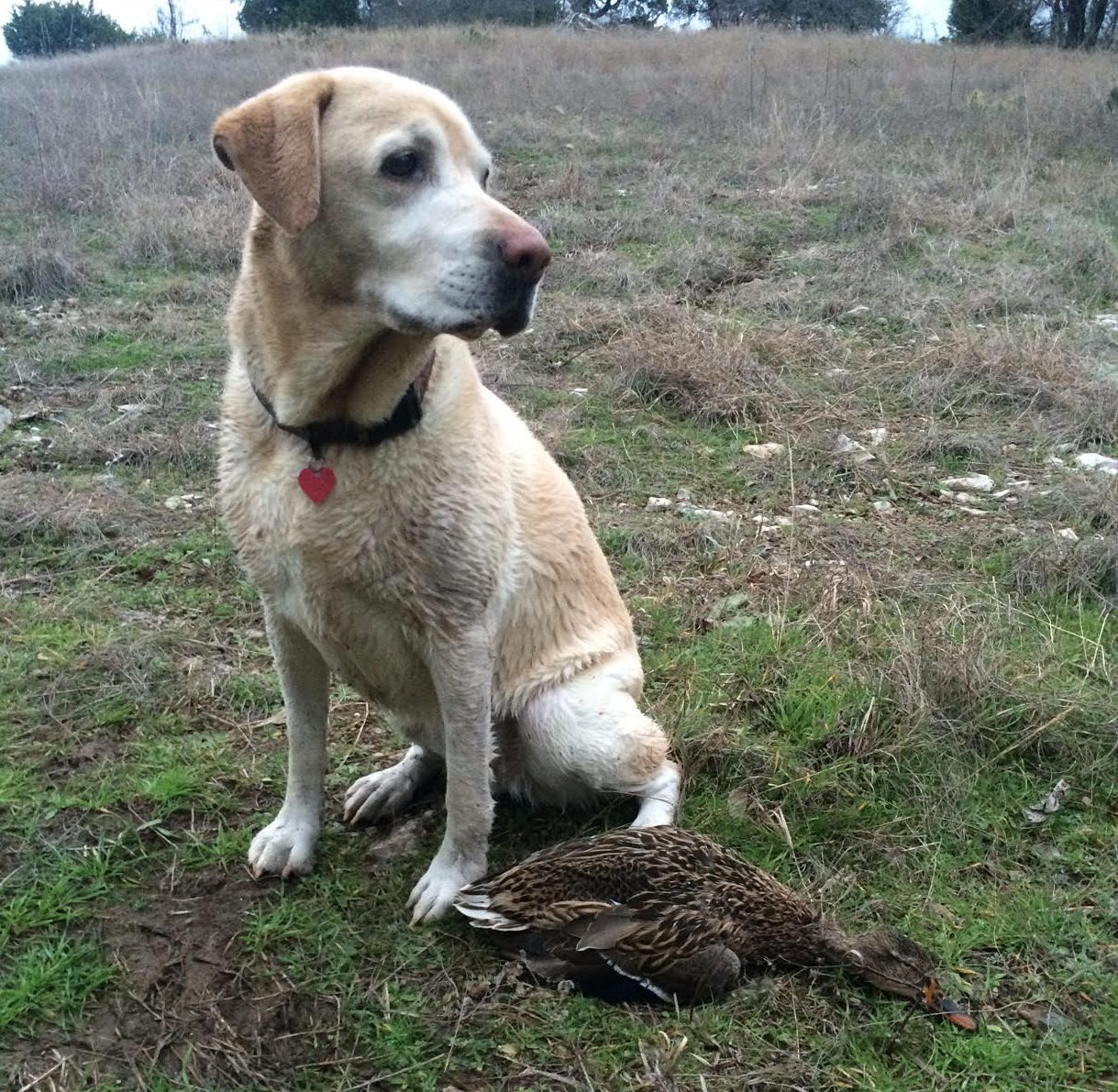
This is list is a combination of some common things to remember and unique lessons we’ve learned over the years. We hope it will be of as much use to you as we hope it will be for our children when the time comes to hand them a shotgun. Enjoy!
Know your limits and what species you are shooting!
Make sure you know how many and of what species you can legally harvest. It’s tempting to just blast away at first light at the first bird you see but take the time to harvest the right birds, it’s the law, too. There are plenty of identification guides online like this one from Ducks Unlimited.
Also, learn what the ducks sound like as a secondary identification source. It can get wild and crazy when a lot are flying so taking the time to learn can save a lot of heartache.
Brrrrrr, layer up!
Its gets cold, so layer up! You can always shed clothing if needed. It’s a fact…it’s colder by the water and that wind stings a bit more with every guest. Layering up will make sure you are plenty warm. Most importantly, cover your head as you lose most of your heat through your head.
Don’t let ‘em see you
Camo is a must! Moreover, if you have a new outer layer (jacket, bibs, etc) rub it around in some dirt to remove the new sheen. Make sure you attempt to match your camo to your hunting grounds as best as possible. Them ducks see real well, so a camo that doesn’t blend is almost as bad as not wearing camo at all.
Don’t Look Up!
Ducks can see incredibly well. Looking up at circling ducks is like shining a spotlight at them! Its sounds funny but go outside and practice looking up with your eyes and not your head. Also, wearing a facemask will help if you have to look up!
Quack, quack calling
Learn how to call but don’t overdo it. The less the better, normally. Don’t try to master every duck noise at once…ease into it. The basic mallard quack, feeding call, hale call and a basic whistle to mimic a teal drake will help them get in range.
Late Season Birds are Spooky
Cut down on your decoys and calling the later in the season. Birds tend to get smarter the more they are shot at. How would you feel if at every restaurant and hotel you stopped at on a thousand mile trip you were shot at? Yeah, you’d be a bit edgy and beyond careful. I typically will only use 2-4 decoys late in the season and no motion type decoys. They seem to avoid those late in the year.
Movement in the Decoys
Ducks don’t normally just sit there. So if you don’t have any wind to move them around purchase a jerk string to add some movement. The spinning wing decoys work well early in the season too but don’t over do it! Sometimes too much movement is a unrealistic.
Match your shot size to your target
No point in firing #2 steel shot at teal ducks. You’ll blow them to pieces. With bigger ducks such as mallards and gadwalls #2 is suitable. There are many guides online that offer recommendations for matching the bird shot size to your prey such as this one from Outdoor Life.
Early Teal Season
There is nothing better than coming back from the morning hunt with a stringer full of teal! Teal are the first birds down in September in Texas where I hunt! Early season teal sometimes act as though they left their brains up north, so take advantage!
They are very fast flyers and are suckers for decoys. No reason to get a teal motion duck decoy. We throw a MOJO dove decoy into our mix and it works great! They are mighty tasty so try eating them Texas style! Cut a slit between the meat and the breastbone on either side and placing a slice of a Texas 1015 onion on one side of the dove breast and a jalapeno on the other side.
Scout
Try to not to spook the birds but check out your tanks (ponds) in the early morning the day before you hunt. With any luck, they’ll be back in the morning. Also, if possible, try not to shoot a tank two mornings in the a row. Let the tank rest if possible so they’ll be comfortable to come back for more. If you want to try something fun, try setting up a trail camera by the water’s edge and see what you can catch.
Get a Dog!
Cold and sometimes deep water and humans never works well. If you don’t want to use a fishing rig or wait for the duck to drift to shore to get them then consider having your best friend help you. Train a dog to get your birds and enjoy the show!
Protect Your Gun
Always put your UNLOADED (gentle reminder) gun in a gun case to and from your field. This insures your gun will stay protected from scratches and dirt. A dirty gun will not perform as well as a relatively clean gun. I prefer a floating gun case. It’s not bulky and easy to store when not in use.
Get a Gear Bag
Duck hunting requires a lot of gear. Gloves, facemask, calls, shells, ear plugs, flashing light, and Lord know what else. I like to keep my deer bag and duck bag separate, so I use a floating blind bag. Be sure you get one with ample room for all of you gear but it isn’t so big that it takes up a lot of room. And make sure it has a shoulder strap. This makes it nice if you have to hike a ways into your spot
Decoys…Rig’Em Right
I have tried to come up with a perfect adjustable decoy rig that I could adjust on the fly to different depths of water. I was successful in this endeavor but I found that adjusting decoy rigs in the early morning with the sun coming up and with cold hands got old…fast!
I found using a Texas-style rig is by far the fastest way to get your decoys out and it makes them easy to store. Try to find a clear line if possible. Black and green tend to stick out.
Why Get Wet?
In Texas where I hunt, our tanks aren’t always full and when this is the case I’ll sometimes throw out my decoys shallow enough to where I do not have to wear waders. So when I don’t wear them I’ll use a pole to bringing the decoys back to me. Get a good one heavy duty enough to really stretch out there.
Waders
Let’s face it…waders are not comfortable. I do not normally get in above my waste, so I prefer the hip waders but if you hunt a pond or lake where you have to be sure you get the right style.
20 gauge or 12?
No brainer for me. The 12 gauge is the most versatile. Blasting cranes, to geese to ducks the 12 gauge will handle them all. I shoot an over and under 12 dressed in camo. It seems most folks I know shoot an autoloader but just do not seem to have any luck with those guns…especially when it counts.
Duck Blinds?
First and foremost, use your natural surroundings to your advantage if you can. Bring some loppers and trim a blind out of the natural surroundings. You can always buy a duck blind but they can be expensive. If you need artificial cover try to making one out of PVC. It’s fun and you can get creative! I will be trying this again so check back soon.
Eat ducks?
I’d say out of every game animal we hunt ducks and geese get the thumbs down the most. Sure, the meat can be super rich. After all, it is dark meat but with a little effort it can come out real well! I soak my puddle ducks and divers in buttermilk or Italian dressing for a day if possible. For the Teal..salt…pepper…good bye!
Shooting Light
Regardless of where you hunt there is a legal shooting light time. Instead of pulling out your phone and scaring the birds circling above you set an alarm for legal shoot light! It’s easy to silence your phone even with gloves on. When you feel the vibration, the game is afoot!
Noise Canceling Headphones
Scrap the ear plugs and get a set of noise canceling headphones! Not only do they keep your ears warm but you can hear ducks before you can see them. After I hunted the first time with them I swore I wouldn’t go back.

Now that you’re equipped with all the knowledge you need for a successful and fun hunt, get out there, put out your decoy and get your limit!
Do you have any tips and pointers that we missed on this list? Send them to us and we’ll add them here and give you credit! Thanks!
